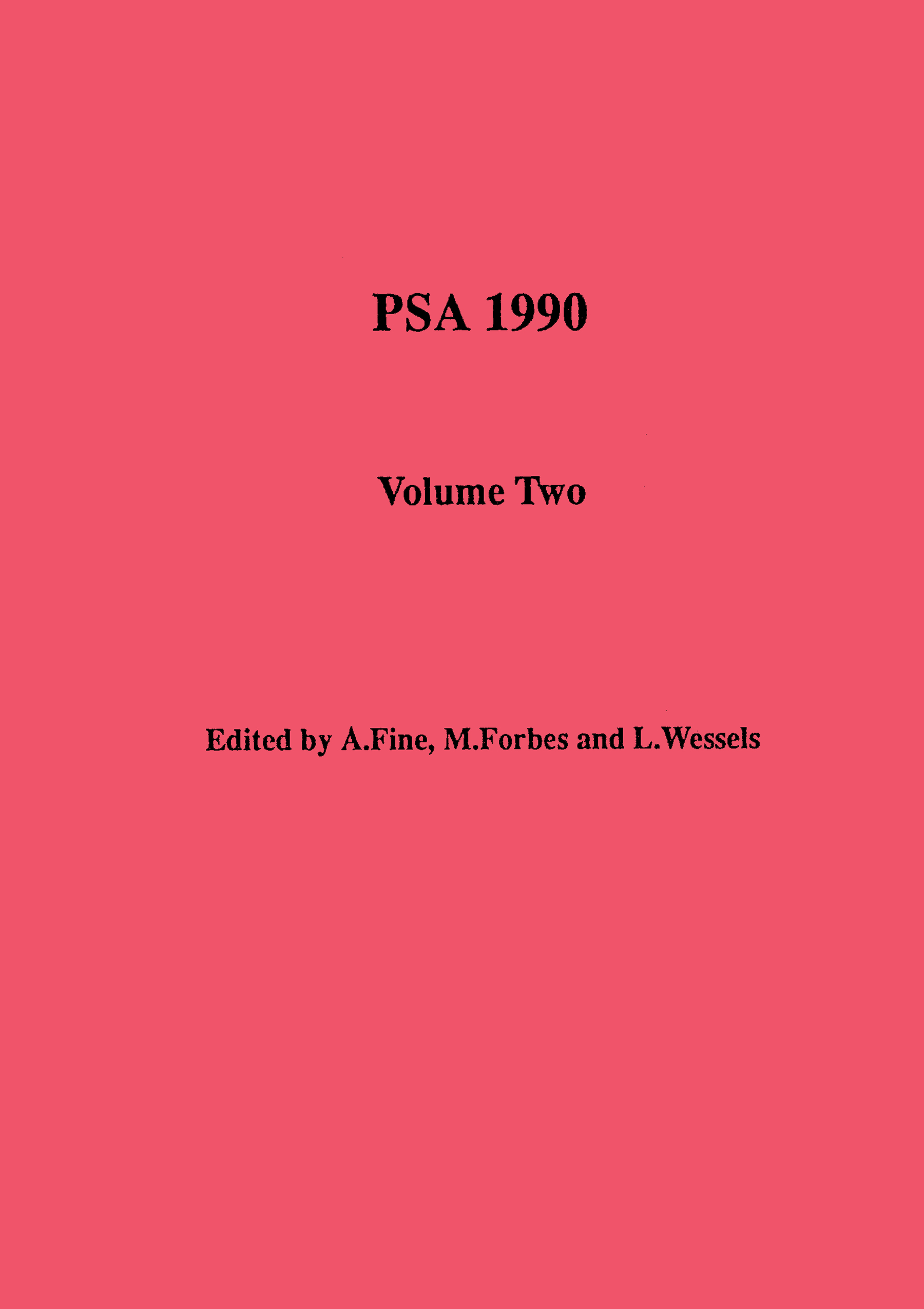Article contents
Defending Robustness: The Bacterial Mesosome as a Test Case
Published online by Cambridge University Press: 28 February 2022
Extract
In “Facts, Artifacts, and Mesosomes: Practicing Epistemology with the Electron Microscope” (1993), Nicolas Rasmussen presents an account of the mesosome, a bag-shaped membranous structure first observed by electron microscopists in grampositive bacteria, as a test case for robustness. Rasmussen argues that robustness as a criterion for the reality or artifactuality of experimental results fails this test; for, after 15 years of interpreting electron micrographs of specimens prepared by a variety of techniques as supporting evidence for the existence of mesosomes, electron microscopists ultimately concluded that mesosomes were an artifact produced by these preparation techniques. According to Rasmussen, electron microscopists did not use robustness to “decide reliably between conflicting observations” (ibid., 231). Moreover, Rasmussen also claims that research on mesosomes “resembles that of high flux gravity waves as described by Harry Collins, especially in the obviousness of ‘experimenter's regress’ or logical circularity entailed in the evaluation of experiments according to their results…“(ibid., 256).
- Type
- Part I. Philosophy of Biology
- Information
- Copyright
- Copyright © 1994 by the Philosophy of Science Association
Footnotes
I would like to thank Arthur Falk and William Wimsatt for valuable comments and Donald McQuitty for help with the bacteriology literature. An early draft of this paper was presented to the Heraclitean Society at Western Michigan University. This work was supported by a New Faculty Research Support Program Grant and by funds from the Faculty Research and Creative Activities Support Fund, Western Michigan University.
References
- 30
- Cited by


